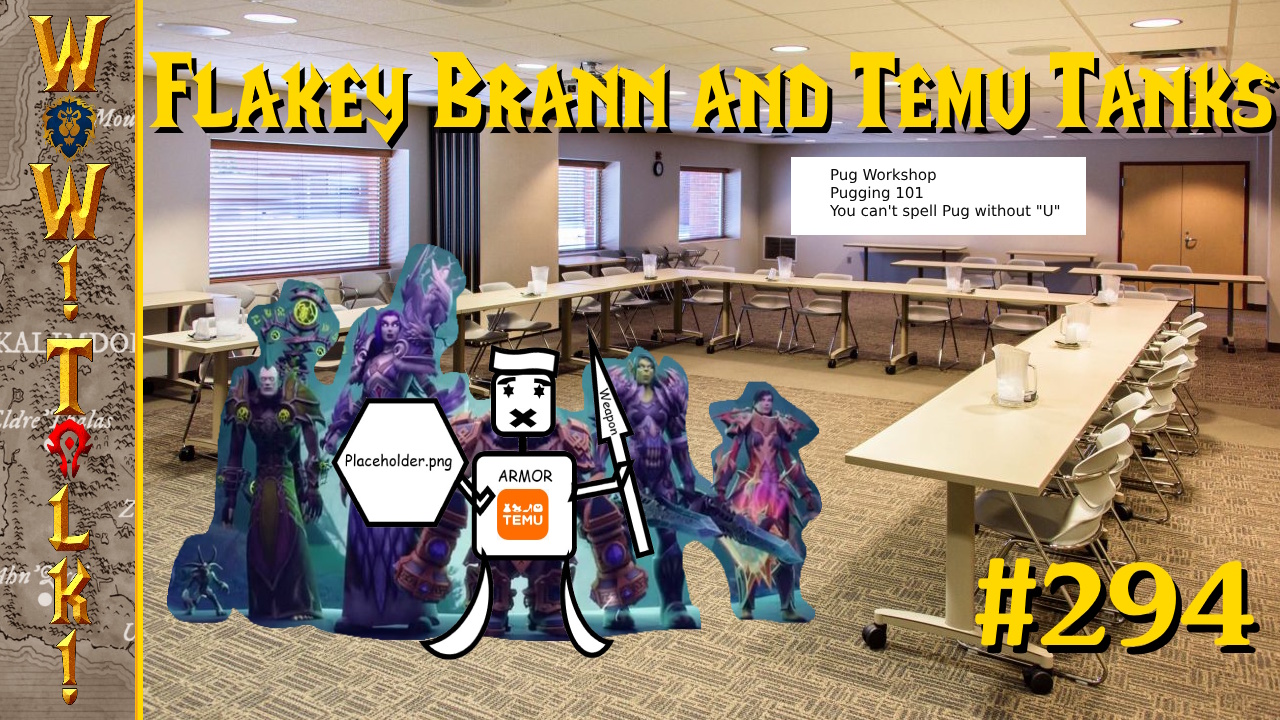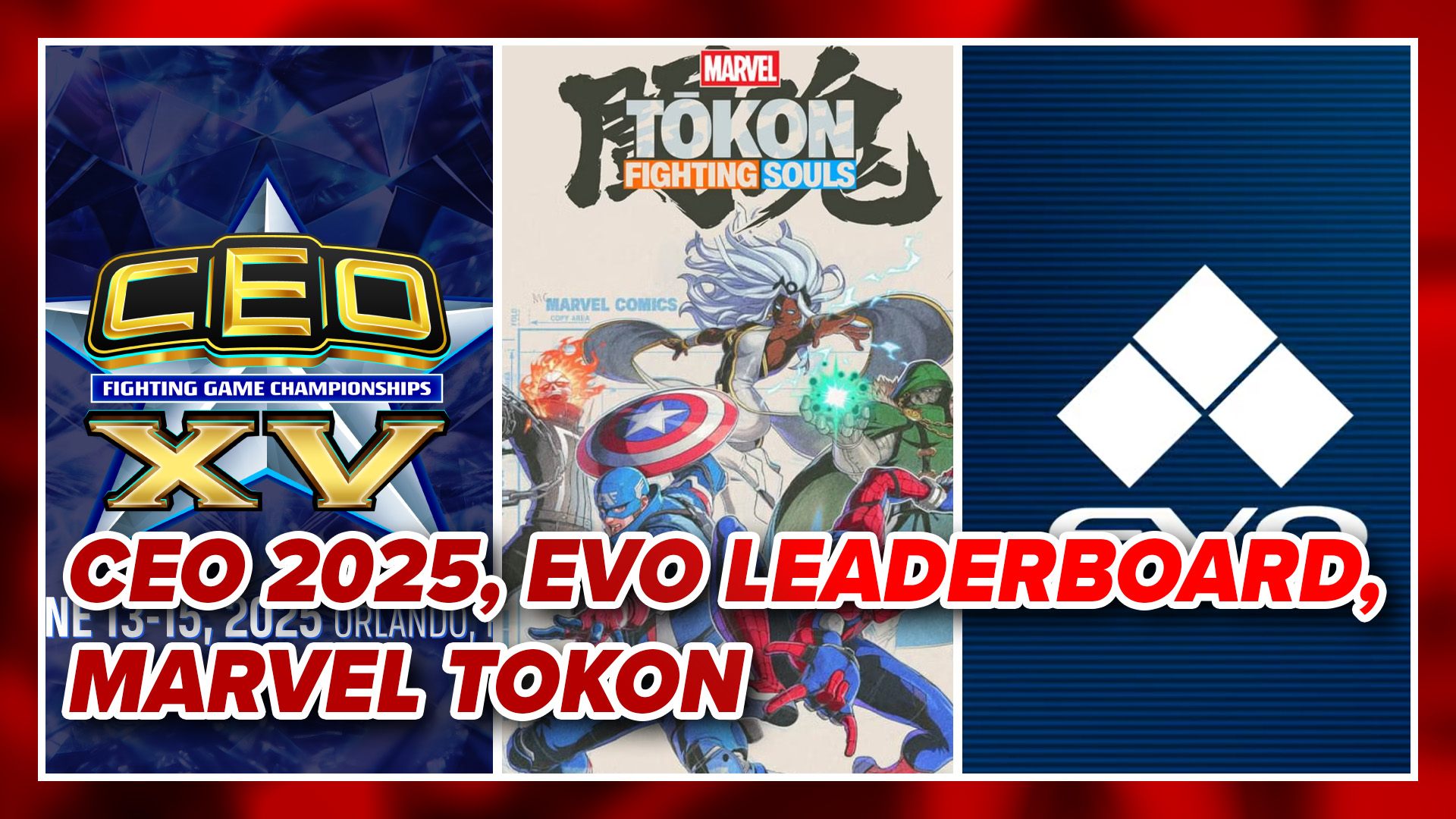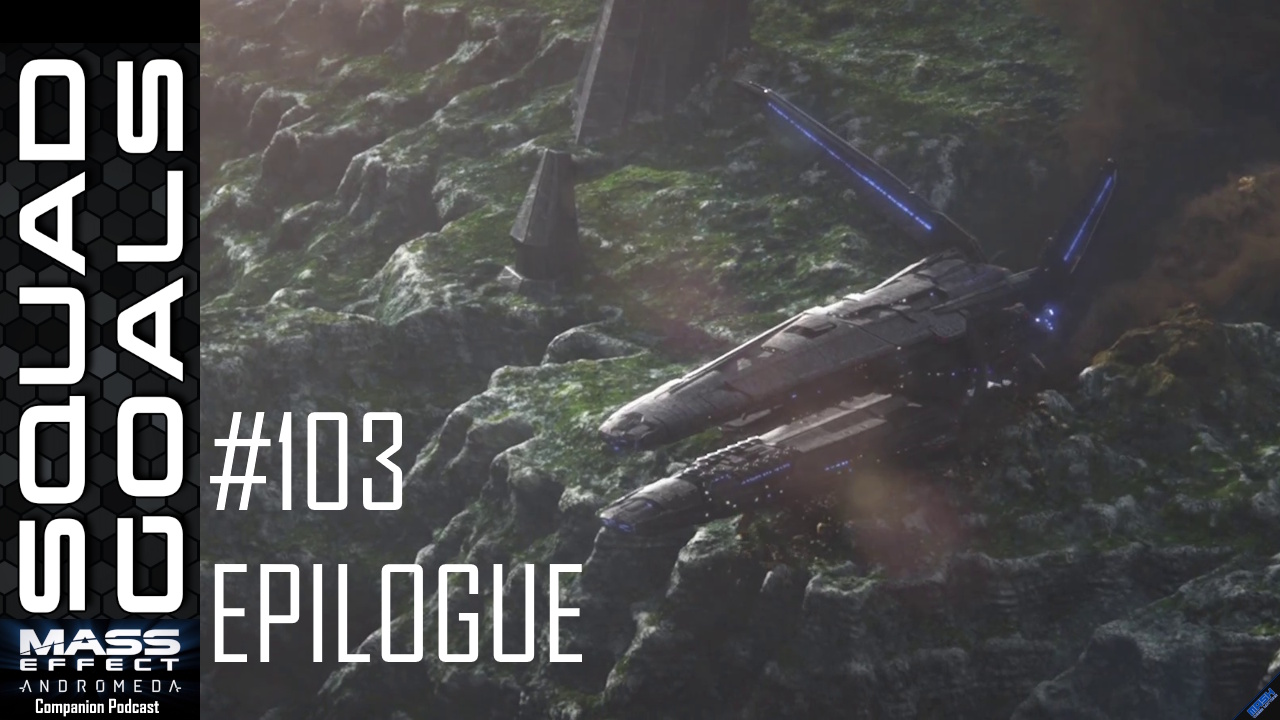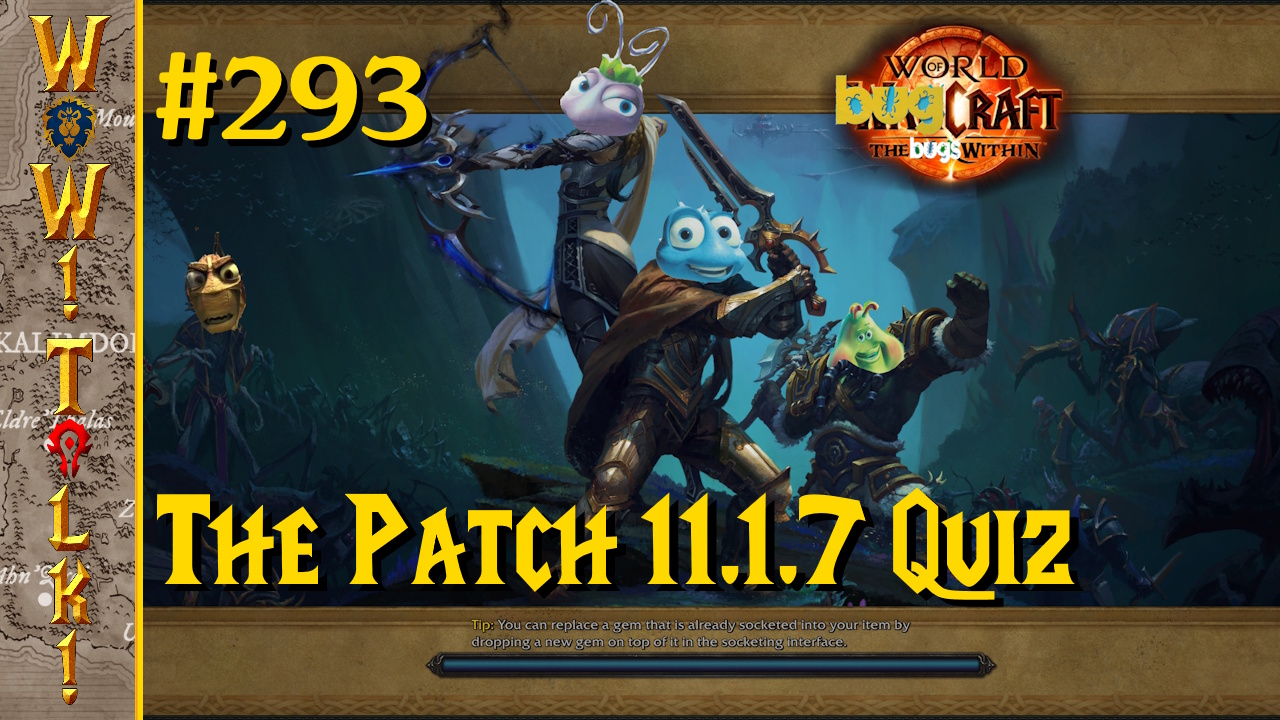
Akimi Village is a Strategy game that sits between niches, unlike most of its kind. Most strategy games deal in resource gathering and building, but they diverge depending on their type. Real-time strategy (RTS) games invariably have you performing such tasks in order to fuel an army that will combat neighboring nations, factions, or alien hordes. Even games like Sid Meier’s Civilization (which is actually turn-based) that present other options for victory will force you to deal with combat at one stage or another, even if only to defend oneself.
The end result in any of these games, no matter the victory conditions, boils down to a form of crushing your enemies’ motherboards, seeing them driven before you, and hearing the lamentations of their video cards. City-building games eschew resource gathering (usually replacing it and worker minions with an economy) and combat, instead having you focus on the happiness of your citizens – with the end goal being to simply build as much and as big as you can and still thrive. Akimi Village borrows certain elements from each, but refuses to sit still and be called one or the other.
The first thing to know is that there is no combat in Akimi Village; not a single shot is fired, minion killed, or army raised in the game. You’ll never be defeated by an opponent, because there is none. This is the most important thing you need to know about Akimi Village, and will play the biggest factor in whether or not you should play the game. So if you’re looking for a fight, then stop here: Akimi Village is not for you. That said, if you are looking for a more casual experience that still requires building production, worker management, and planning, then step right up and let me tell you more about this PSN exclusive.

Despite the fact that there is no fighting in Akimi Village, there is still an evil you must contend with. What you combat in the game is concept more than force – a presence known as the Gloom. When your character awakes to start the game, the Gloom covers nearly the entire island. It’s a presence that corrupts everything it touches, making you unable to gather resources, build on land, or make use of the island’s inhabitants that are engulfed by it. It is also keeps you from getting back home; you were transported to the island by way of magic, but the Gloom prevents the island’s rambling, tree-dwelling, candle headpiece wearing, prayer bead rocking magical raccoon elder (no, none of that was a typo) from using its magic to send you back. So you must banish the Gloom from the island, and in the process restore light and happiness and beauty for the Akimi who live there.
Given the island’s gloomy state in the beginning of the game, you have to do a little leg work yourself to get things rolling. This helps acquaint you with how the mechanics work and gets you into the game proper. Your character operates as a giant avatar roaming along the map in real time along to your controls (think Black & White). Short of playing shop keep in the little Akimi-sized buildings, your character can perform any task the Akimi themselves can undertake. You can harvest any of the basic resource types (wood, stones, straw, and bamboo), transport basic and advanced resources to their correct destination, and also clear debris. Once you gain access to Akimi villagers, you pick them up and place them in different areas to assign them duties, and where (if anywhere) they should deliver resources.
The standard building ‘trees’ found in RTS games are present here. You begin with modest structures for your early needs, then expand into more specialized structures off different branches that fill others; each structure built leads to an even grander construction. All are useful when they are built and some will remain with you throughout your entire playthrough. Others are outclassed quickly, built once and then forgotten.

All this building is done via blueprints which designate what structures on the tree you can build, and what components you need to place in a particular arrangement to make them. And you are the one doing the placing, there’s no workers for construction or auto-building. You build each building piece by piece, brick by brick. This method of building, as well as the manner that you give Akimi their orders, avoid being tedious due to a couple of good design choices. First, the island isn’t huge, given the amped-up size of your character, and it doesn’t take long to get from place to place. Second, the blueprints you have to build by hand don’t consist of an overwhelming amount of components. The most intricate building clocks in at under thirty components, and that is actually three separate blueprints that you eventually link together into one superstructure. The most annoying thing about being so hands-on in production is the way your character skips gaily all over the place (whether you choose the guy or girl); it gives the impression that moving around takes more time than it actually does.
As you spread light through the land and purify areas, you’ll find special items that make you and the Akimi more proficient in different fields. You’ll also free more Akimi, who happily give you a helping hand with whatever tasks need done to free their people. Constructing buildings give your Akimi culture, and after every accumulation of 10 culture you’re given a seed, which you can plant in corrupted spirit wells. Planting the seed sprouts a radiant tree, which purifies huge areas of land, and is your primary source for beating back the darkness. Once you gain the blueprint for a gardener, you can grow trees and flowers. Trees, while not as powerful as the radiant trees, help spread light individually. Flowers increase the power of the light-giving trees in their vicinity, helping throw back the darkness even further. Growing more and more plants with the gardener gives access to higher tier plants that are more powerful. Once you gain access to the gardener you could theoretically rid the island of darkness simply by planting trees and flowers, but doing it entirely by that route would be an arduous undertaking.

Akimi Village also includes an asynchronous multiplayer function by way of totems on your island. Using the totems lined up on the top of your island (the layout of each island is the same) you can select from your friends list and see who’s also playing Akimi Village. You then select that friend to make that particular totem a gateway into their world. Using the totem (and the post office you can build) you can send packages to your friend, and receive them in turn. Resources, gifts, aesthetic decorative pieces, and building components are all things that can be sent. In fact the only things you can’t send are unique items, like the seeds that create radiant trees, and the Akimi themselves. The multiplayer goes a step further though, because certain structures built on your island are so powerful that they’ll automatically affect friends who you are connected to through totems, increasing the efficiency of their Akimi by a large margin. And that occurs without sending them anything. Affecting a friend’s game is a cool way to stay engaged beyond the regular gameplay.
In addition to the multiplayer, Akimi Village has a number of features and implementations that keep the game from becoming aggravating. In keeping with the steps made to ensure construction isn’t a pain, the inventory for resources is universal. This means that any resource, once dropped off in a building that accepts it, becomes part of one resource pool. This can in turn be used at any workshop, not just the workshops the Akimi actually stocked. Any building that you make can also be kicked down into its original components, which allows you to move the building if it was placed incorrectly, or reuse the components in other buildings. Any Akimi that was minding the shop is also returned to you to use again as you see fit. There are also dwellings that increase the productivity of any Akimi in their vicinity.
One big feature is that certain resources, like bamboo, forests, and straw, will grow back or replenish over time. Spirit water (a more advanced resource) can be harvested without limit. In fact, stone is the only finite resource, and even that is so prevalent that you’re being given more resources than you need in a single game, and probably more than you can even endeavor to use. Last but not least, helpful glowing markers show you where to place a building piece when you have the blueprint for that building up, rather than having to remember where each piece sits. And when you build something that needs to rest near water, the game also takes that into consideration when showing you where to place your initial piece.

But for all the many things Akimi Village gets right it’s still not perfect. For one thing, there’s no way to completely get rid of something you’ve built . You can break a building down to its components, but you can’t get rid of the building or its individual pieces if they become redundant or you no longer need them. You can cancel a component being created in a workshop, but once made it’s there to stay.
Following that same train of thought, it is strange how your giant avatar that interacts with the game world only has the capability to lift a single object at a time. A small inventory system, where you could hold four or so items would have been great to remedy this. The problem also extends to putting Akimi to work. Want to have multiple Akimi on the same project? Well, you’ll have to pick them up one by one and set them at the same task. Instead of picking them up and having to run them place to place (especially as the playing field gets bigger), a system for issuing orders would have been smoother. You’d pick up an Akimi, select a job for it (gatherer, transporter, debris clearer), the resource they should work on, and a destination for that resource (if any). You’d then set them down and they would proceed happily to their issued job. But unfortunately you have to sink time into playing chauffeur every time you want them to do a new job. The upside is that once they’re put to a task, the Akimi will continue it anywhere on the map, provided the resource is available to gather or transport.
Another issue is that Akimi Village doesn’t do a great job of explaining things past the beginning of the game. The information you lack going into a situation doesn’t make the game unplayable, it just results in a lot of accidental discovery when you could have used the knowledge well beforehand (“I wish I had known that before,” et al). This mainly came into focus during my first playthrough when I had gotten to the point of building a school. In order to have the school educate you Akimi, you must have a Wise Fish to staff it. The problem: I had no idea what that was. I hadn’t heard of a Wise Fish in any conversation with the loony raccoon, I hadn’t built one in any shop, or seen one at all to even know what I was looking for.

I got stuck. I got so stuck that I started a new game because I didn’t know how to get around the issue. The school had to be completed for me to unlock the next building blueprints, I was short on culture to obtain another seed, and I didn’t know at the time that the gardener’s trees could be used to expel the darkness (another thing the game didn’t explain. It tells you that flowers act as a booster, but not what normal trees do). So I started another game, and eventually found my way past the issue. Turns out that Wise Fish are like the items you find scattered around the island, and there are only two, which hang out in two specific lakes. Due to the choices I made in planting radiant trees and dispelling the Gloom in my first game I simply never came across them. It wasn’t the placement of the fish that was the real problem – the odds of things happening the way the did were low – it was the lack of information that was the real killer. It created a situation that was entirely avoidable.
Despite my complaints of where the game could be improved, Akimi Village was a good playing experience and pretty well rounded. The biggest strike against it for most will be the length of the game. On an average playthrough (not aiming to complete every trophy, etc.) the game could be completed in about four to five hours. That’s not particularly bad, but considering the island’s layout never changes from game to game, there isn’t much replay value present. As a product, Akimi Village is worth picking up because for $10 the length of gameplay is more than acceptable. Many $60 games have campaigns that are barely longer and have more issues. As a game, Akimi Village is simply worth playing. It has a cheerful, attractive style, and does really well as an engaging experience that still manages to stay light and relaxed.




